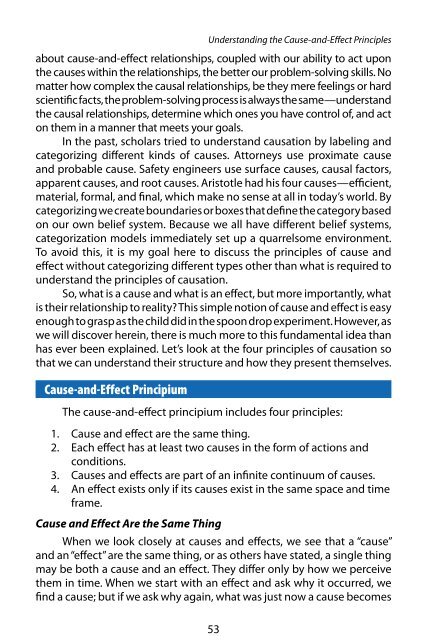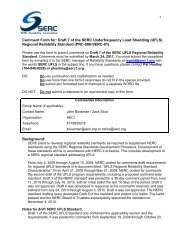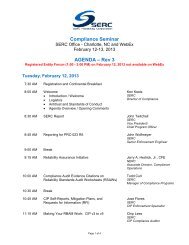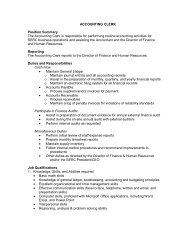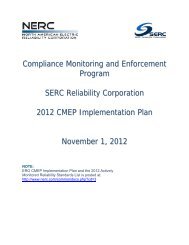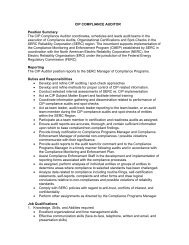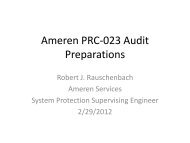RealityCharting e-book .pdf - SERC Home Page
RealityCharting e-book .pdf - SERC Home Page
RealityCharting e-book .pdf - SERC Home Page
- No tags were found...
You also want an ePaper? Increase the reach of your titles
YUMPU automatically turns print PDFs into web optimized ePapers that Google loves.
Understanding the Cause-and-Effect Principles<br />
about cause-and-effect relationships, coupled with our ability to act upon<br />
the causes within the relationships, the better our problem-solving skills. No<br />
matter how complex the causal relationships, be they mere feelings or hard<br />
scientific facts, the problem-solving process is always the same—understand<br />
the causal relationships, determine which ones you have control of, and act<br />
on them in a manner that meets your goals.<br />
In the past, scholars tried to understand causation by labeling and<br />
categorizing different kinds of causes. Attorneys use proximate cause<br />
and probable cause. Safety engineers use surface causes, causal factors,<br />
apparent causes, and root causes. Aristotle had his four causes—efficient,<br />
material, formal, and final, which make no sense at all in today’s world. By<br />
categorizing we create boundaries or boxes that define the category based<br />
on our own belief system. Because we all have different belief systems,<br />
categorization models immediately set up a quarrelsome environment.<br />
To avoid this, it is my goal here to discuss the principles of cause and<br />
effect without categorizing different types other than what is required to<br />
understand the principles of causation.<br />
So, what is a cause and what is an effect, but more importantly, what<br />
is their relationship to reality This simple notion of cause and effect is easy<br />
enough to grasp as the child did in the spoon drop experiment. However, as<br />
we will discover herein, there is much more to this fundamental idea than<br />
has ever been explained. Let’s look at the four principles of causation so<br />
that we can understand their structure and how they present themselves.<br />
Cause-and-Effect Principium<br />
The cause-and-effect principium includes four principles:<br />
1. Cause and effect are the same thing.<br />
2. Each effect has at least two causes in the form of actions and<br />
conditions.<br />
3. Causes and effects are part of an infinite continuum of causes.<br />
4. An effect exists only if its causes exist in the same space and time<br />
frame.<br />
Cause and Effect Are the Same Thing<br />
When we look closely at causes and effects, we see that a “cause”<br />
and an “effect” are the same thing, or as others have stated, a single thing<br />
may be both a cause and an effect. They differ only by how we perceive<br />
them in time. When we start with an effect and ask why it occurred, we<br />
find a cause; but if we ask why again, what was just now a cause becomes<br />
53


